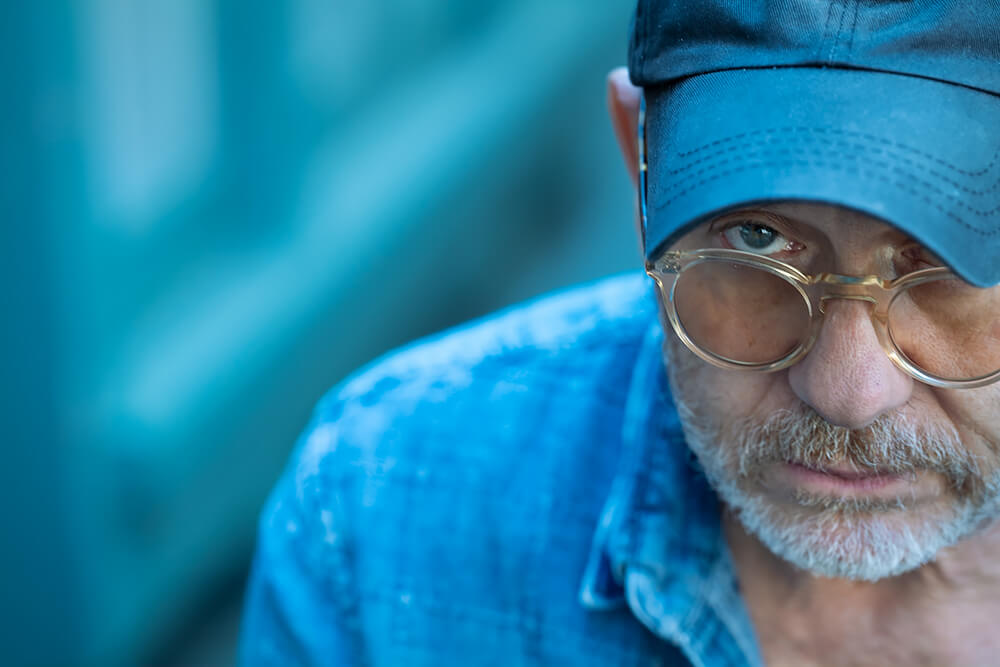Daniel Sackheim, born in 1962 in Los Angeles, California, is a photographer and film and television director and producer living and working in Los Angeles.
As a director, Sackheim is best known for his work on multiple highly acclaimed television series. Some of his directorial credits include:
Game of Thrones,
True Detective,
The Americans,
The Walking Dead,
Jack Ryan,
Servant,
Better Call Saul,
The Leftovers,
The Man in the High Castle,
Ozark, and more recently
Lovecraft Country.
He has received multiple Emmy nominations, more recently in 2017 for directing the Ozark episode "Tonight We Improvise," which is a category he won in 1997 for an episode of
NYPD Blue.
In addition to his television work, Sackheim directed the Sony feature film, The Glass House, starring Leelee Sobieski, Diane Lane, and Stellan Skarsgard, and he produced the film,
The X-Files: Fight the Future, for 20th Century Fox.
Alongside fellow HBO alum Tony To, Sackheim is the co-founder of Bedrock Entertainment, which produces prestige content programming streamers and premium cable platforms.
Sackheim's photographic practice translates the filmic league of his career into still photography that explores the nature of mystery, urban environments, and narrative ambiguity. His attraction to spaces dominated by shadows stems from his love of film noir and its predilection for heightened reality. A member of a number of photography centers, he is also a curator for www.streetfinder.site which is a growing community for street photography.
Statement
A camera is like a keyhole through which one can peer into dark spaces in search of a hidden narrative I've come to define as the unknown. Using photography, I am endeavoring to shine a light on that narrative, bringing it into sharper relief.
My work occupies a space dominated by shadows. This attraction to the dark and ambiguous stems from my love of film noir and the heightened reality this filmic language personifies. Like noir, my photography aims to access the subconscious, exploring a world of omnipresent solitude and alienation.
Article
Exclusive Interview with Daniel Sackheim